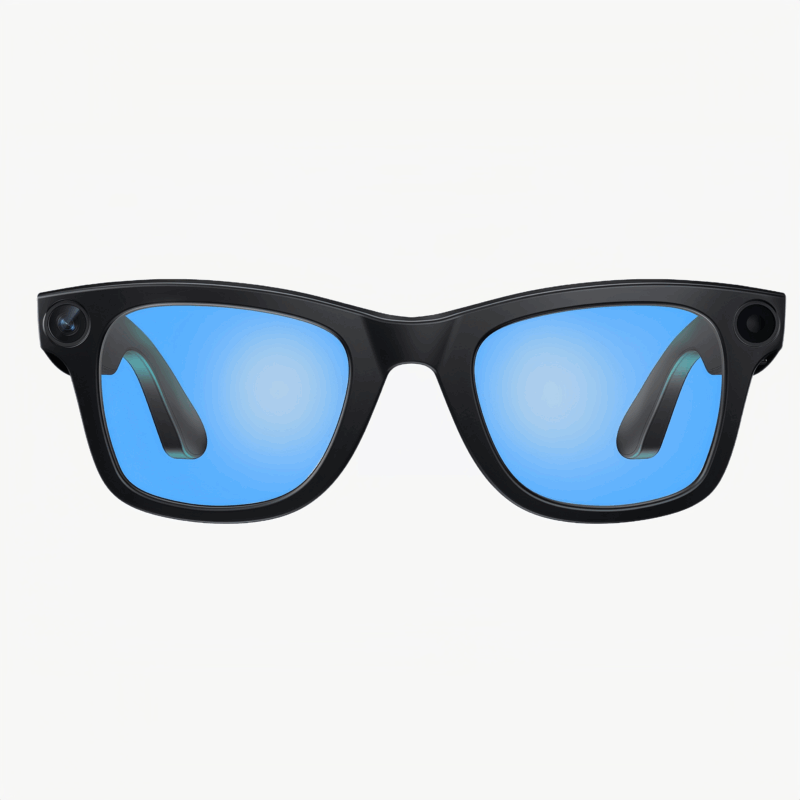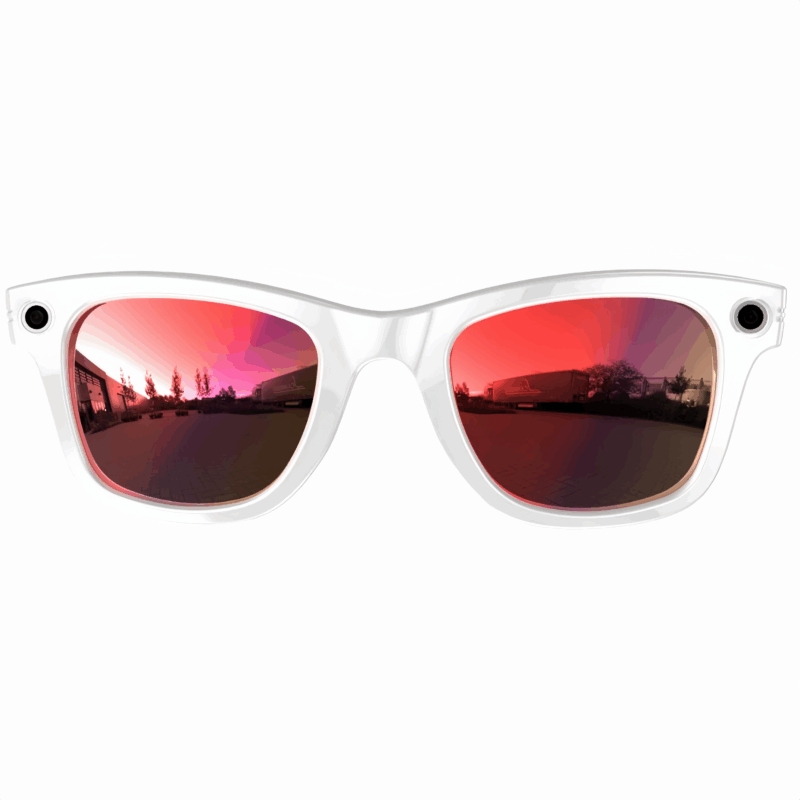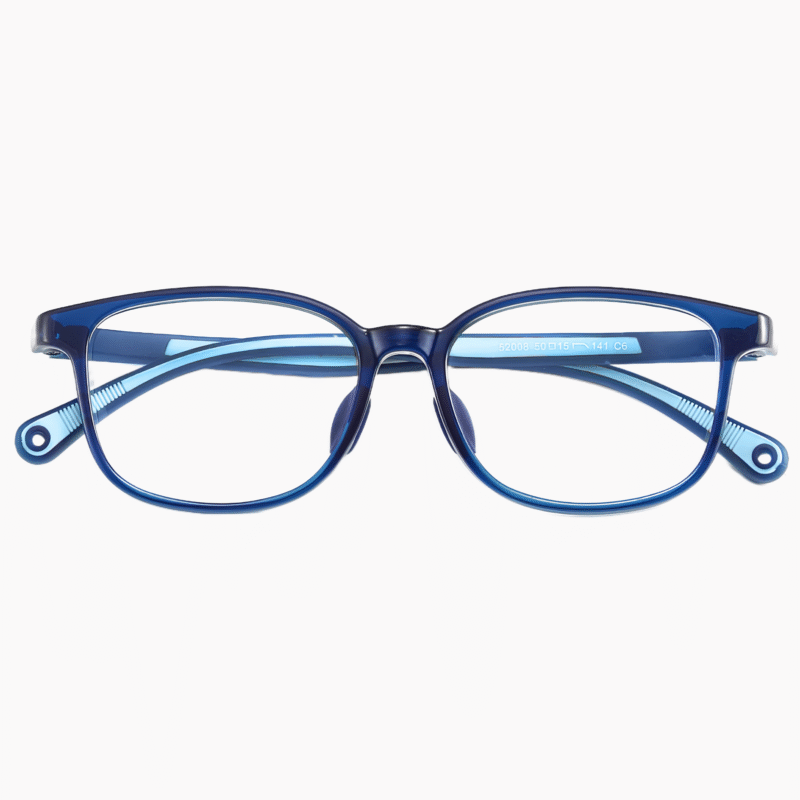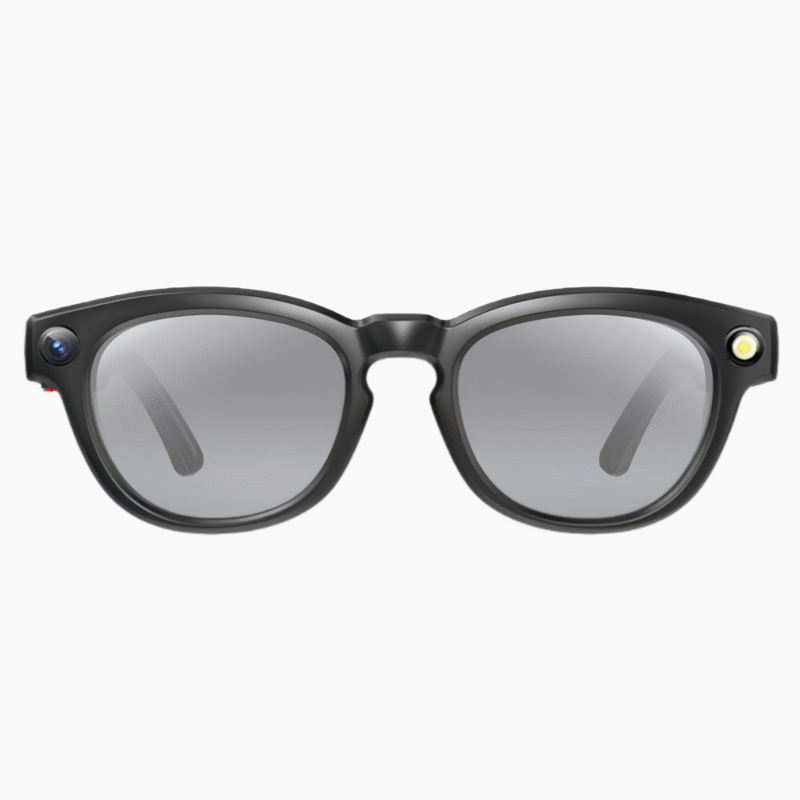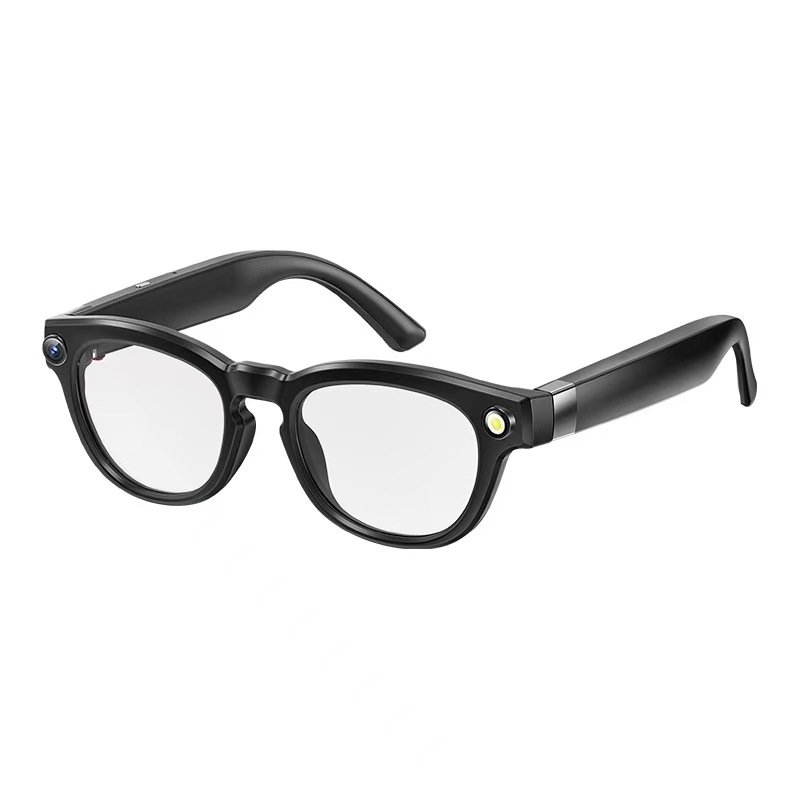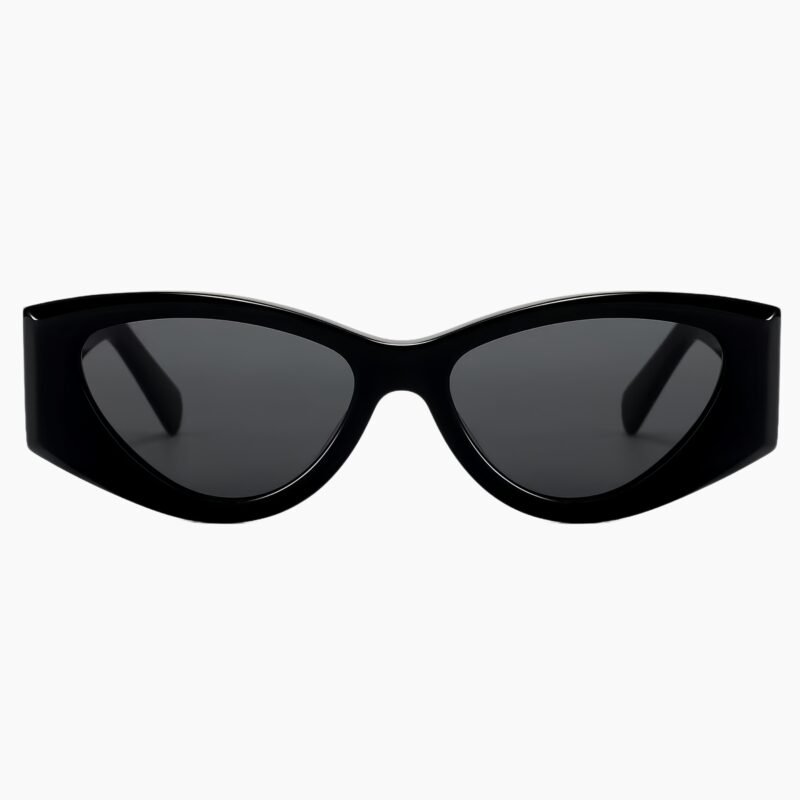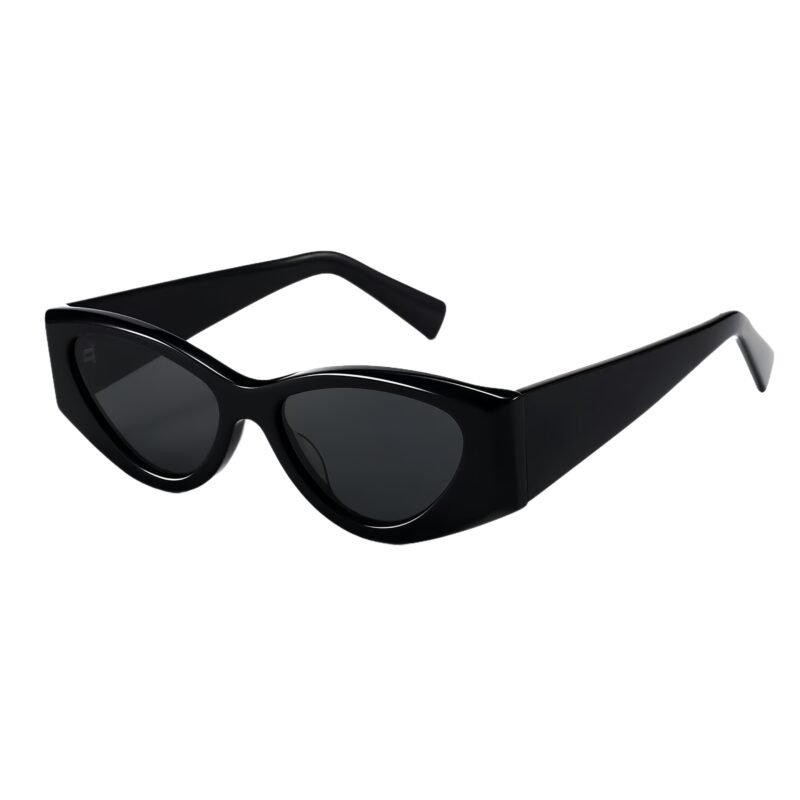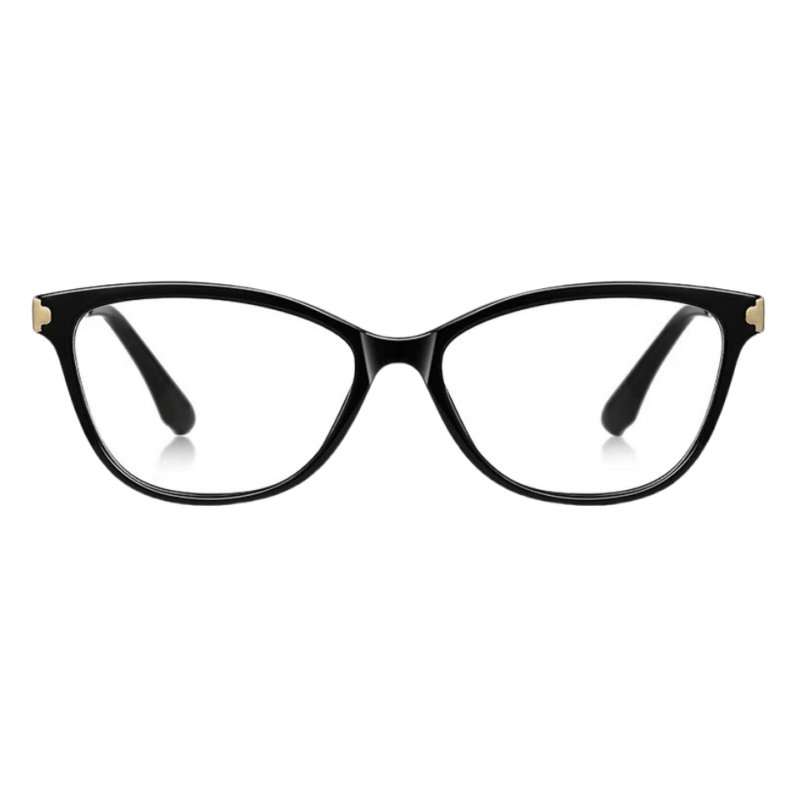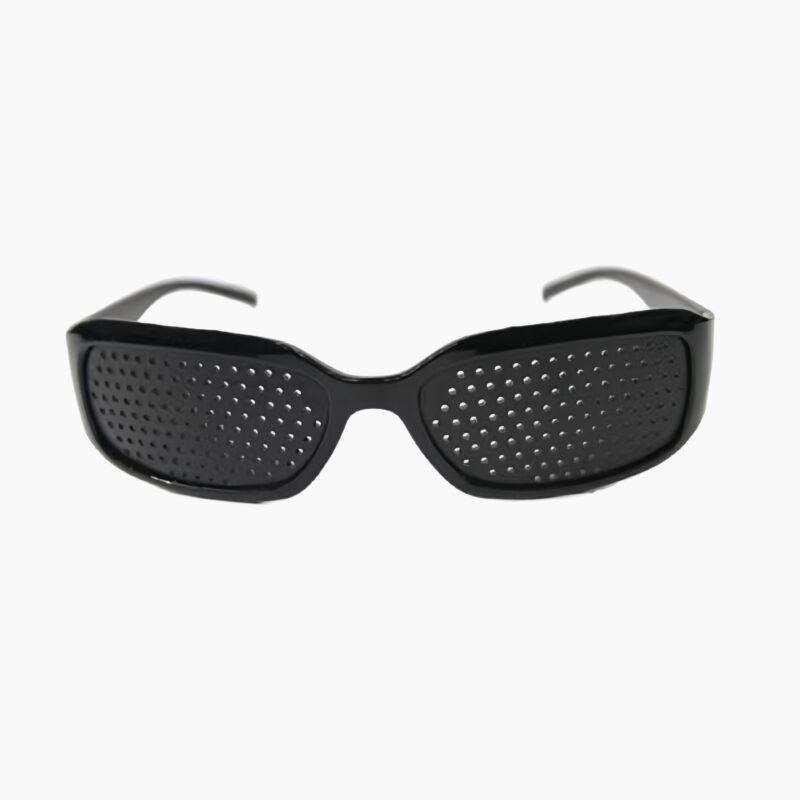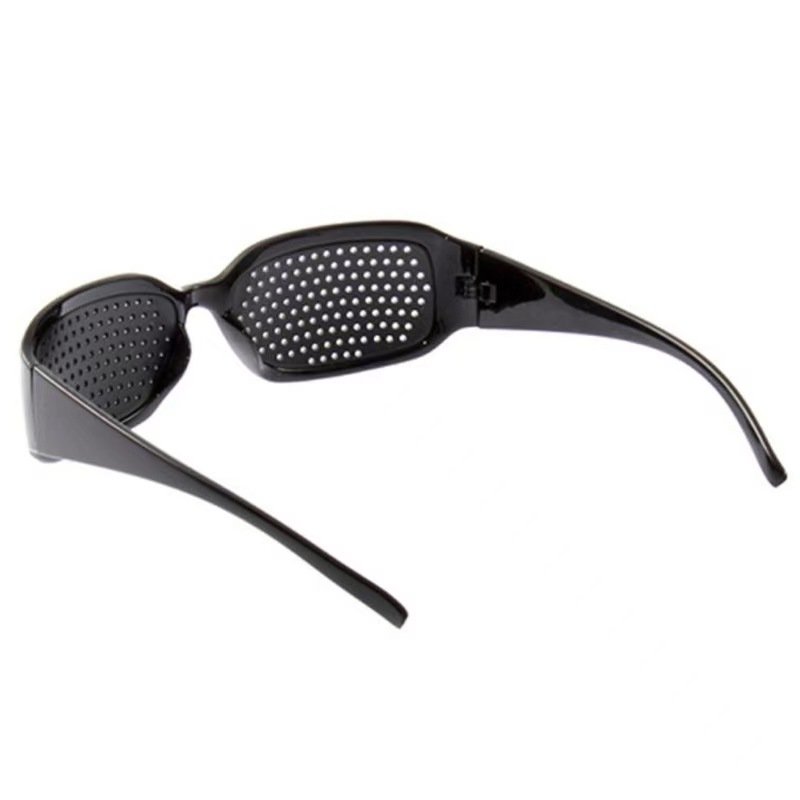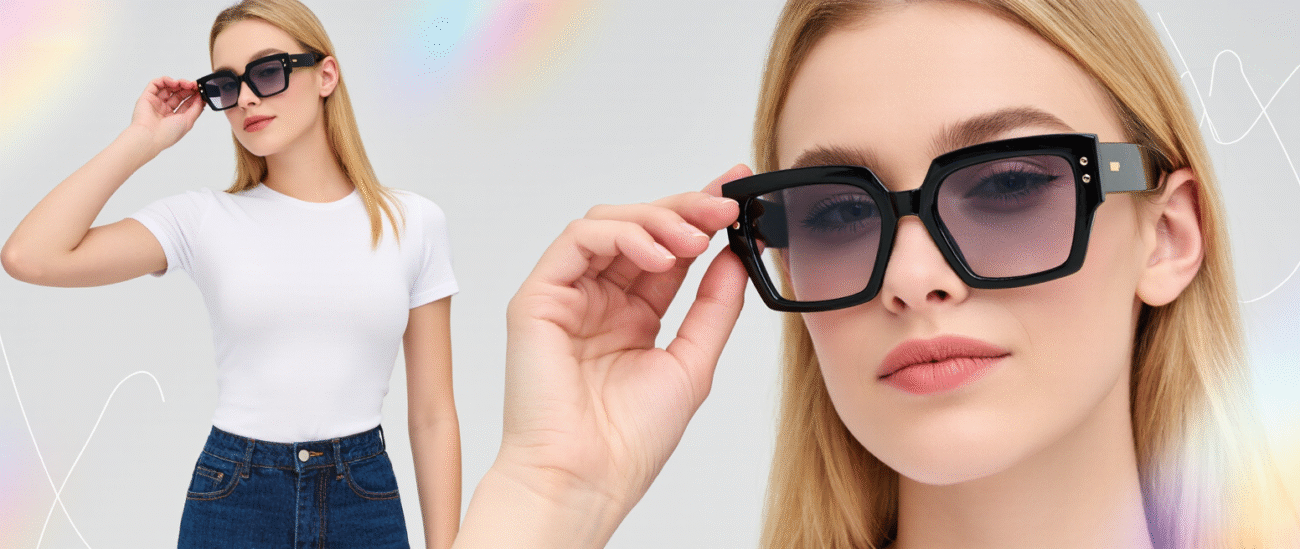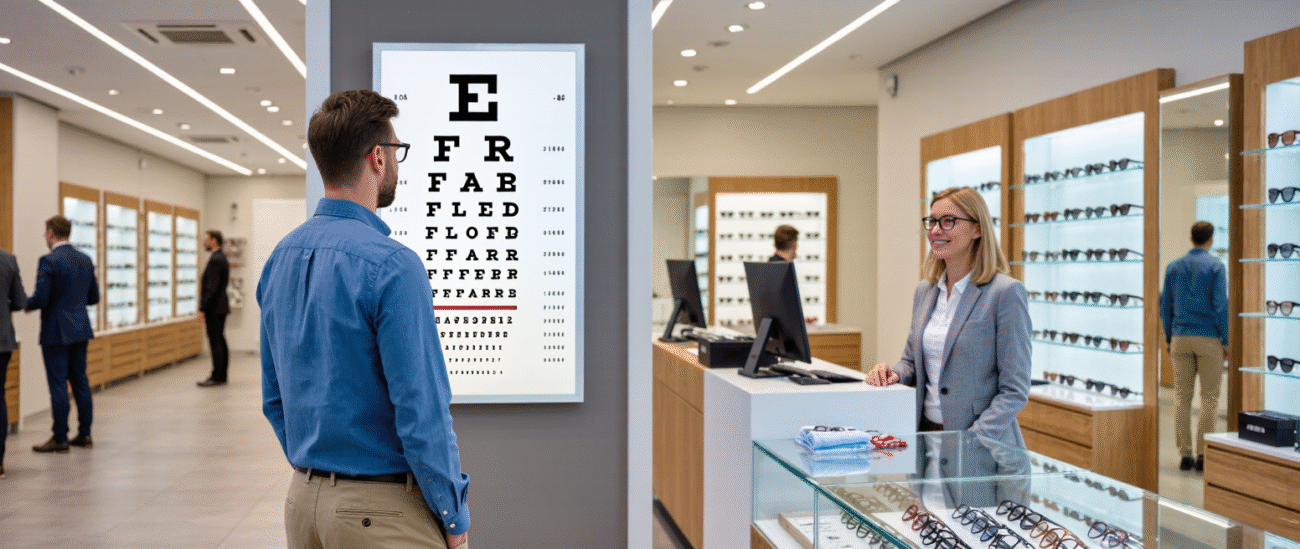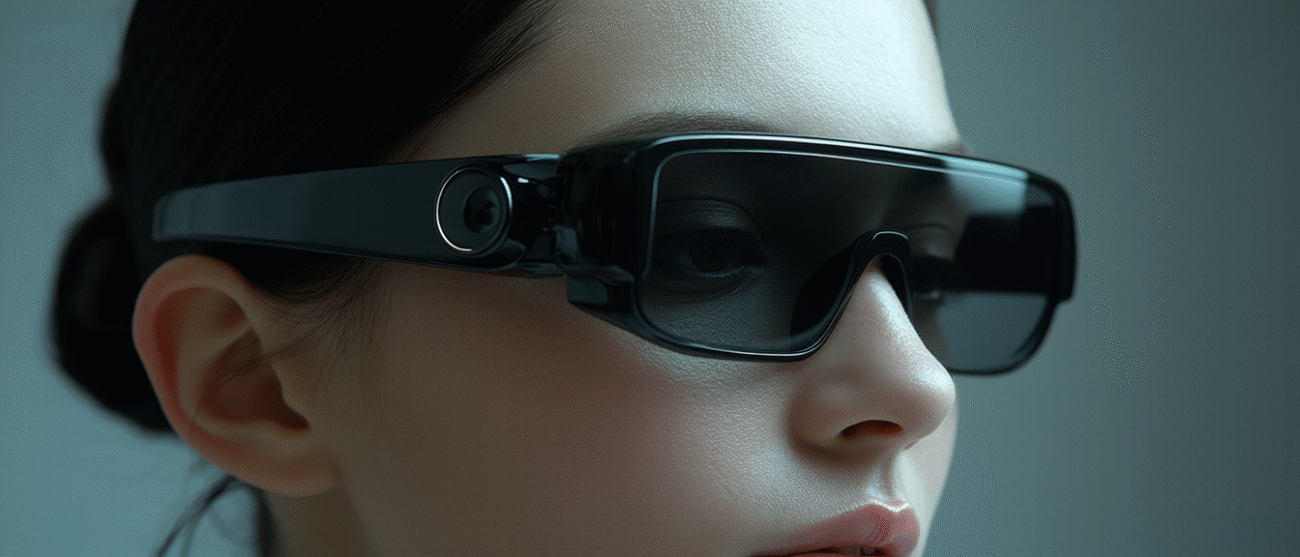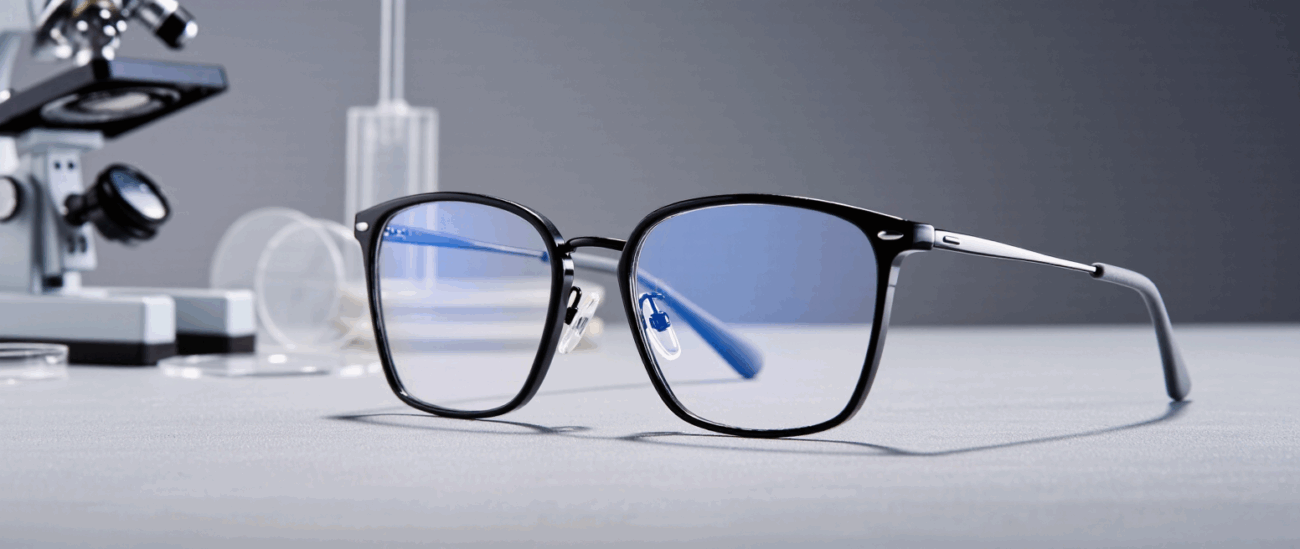Blog
What is a polarized lens?
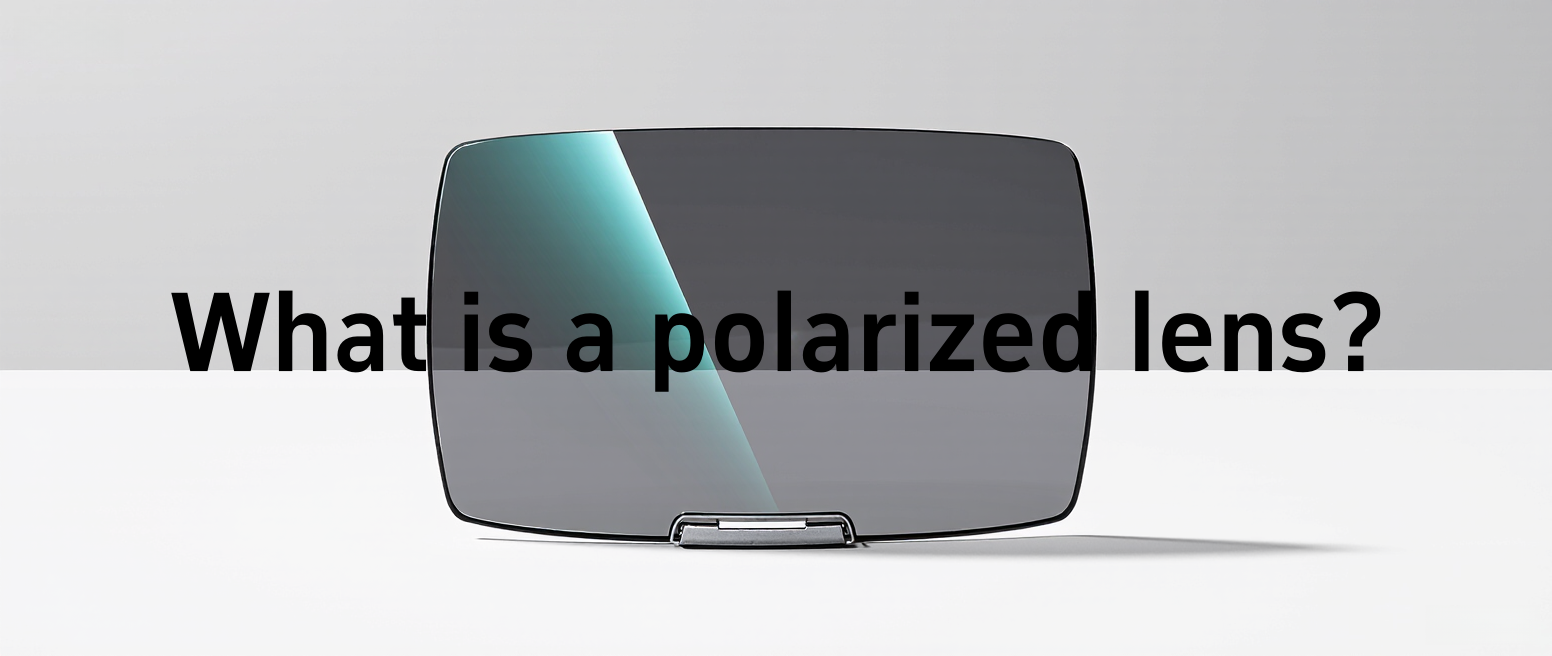
What Are Polarized Lenses? The 2025 Ultimate Guide for American Consumers
Polarized lenses are specially engineered optical lenses designed to reduce glare and enhance visual clarity by filtering out intense reflected light. Unlike standard sunglasses that simply darken your view, polarized lenses contain a microscopic vertical filter that blocks horizontal light waves—the primary cause of glare from surfaces like water, roads, and snow.
🔍 How Do Polarized Lenses Work?
Using a "venetian blind" effect, these lenses selectively eliminate horizontal light vibrations while allowing vertical light to pass through. This process neutralizes blinding glare caused by reflections, significantly reducing eye strain and improving contrast. For outdoor enthusiasts, this means crisper visuals, richer colors, and reduced squinting in bright conditions.
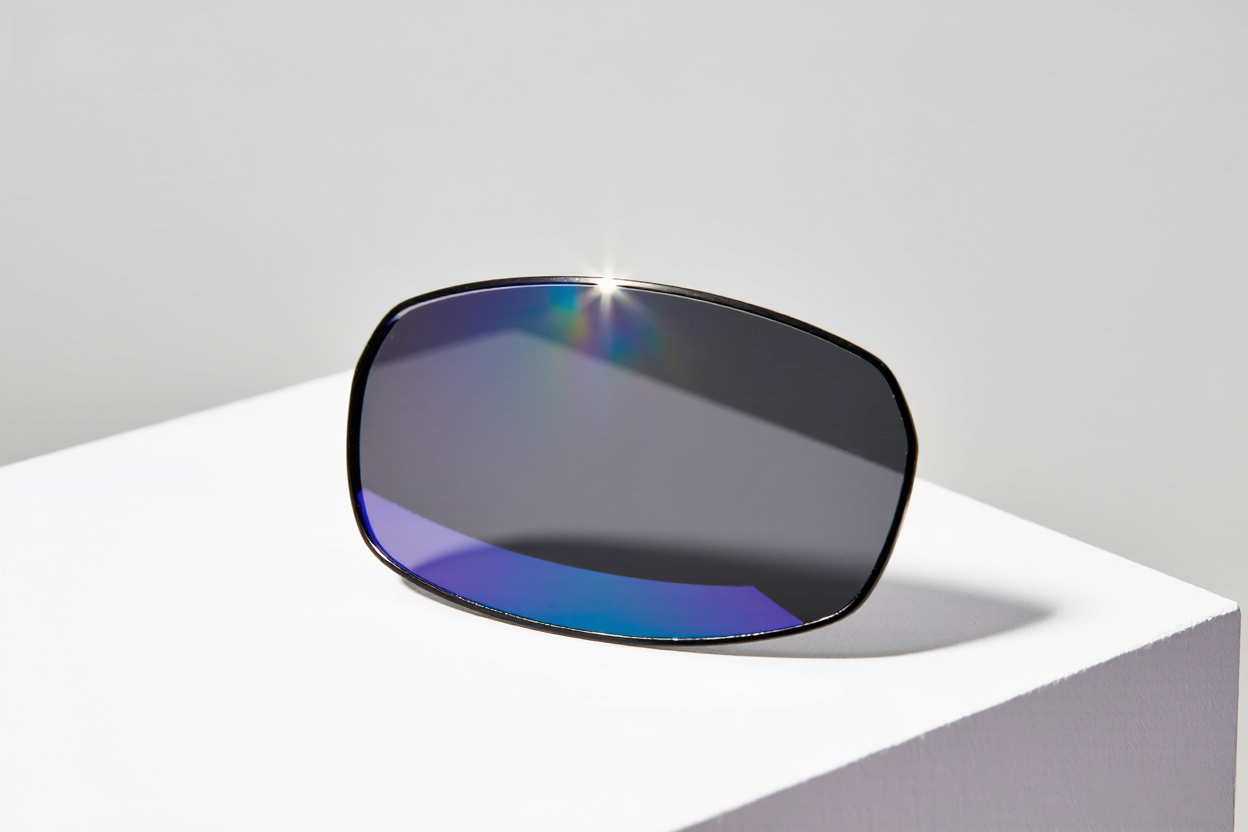

🌟 Key Benefits for Everyday Use
1. Glare Reduction: Eliminates up to 99% of reflected glare from water, pavement, and vehicles—ideal for driving, fishing, and snow sports.
2. UV Protection: Blocks 100% of UVA/UVB rays (meeting UV400 standards), safeguarding long-term eye health.
3. Enhanced Visual Clarity: Improves contrast and color perception, reducing eye fatigue during extended outdoor activities.
4. Safety Applications: Critical for drivers facing sunrise/sunset glare and athletes navigating reflective environments.
⚠️ Limitations to Consider
· LCD Screen Interaction: May interfere with visibility of digital screens (e.g., car dashboards, smartphones) due to polarization conflicts.
· Low-Light Performance: Not ideal for dim environments where some glare is necessary for depth perception.
· Cost: Typically 20-40% more expensive than non-polarized options due to complex manufacturing.
🎯 Who Needs Polarized Lenses Most?
· Drivers & Commuters: Combat highway glare and improve road safety.
· Outdoor Enthusiasts: Fishermen, skiers, boaters, and beachgoers benefit from glare-free vision.
· Light-Sensitive Individuals: Those with migraines or photophobia find significant relief.
💡 Pro Tips for American Buyers
· Verify Authenticity: Use the "LCD screen test"—rotate lenses over a phone display; genuine polarized lenses will blackout the screen at specific angles.
· Prioritize Quality: Look for brands like HOYA or Zeiss with ≥98% polarization efficiency and ANSI/ISO certifications.
· Match Your Lifestyle: Choose gray lenses for true color perception, brown for enhanced contrast, and green for balanced light filtration.
Explore Our Curated Polarized Collection—where optical innovation meets outdoor adventure. See the world with clarity, not glare!
Glasses Knowledge Guide
What is a tinted lens?
Learn the knowledge points of lens technology
What Are Tinted Lenses? Style, Function & Protection Explained
Tinted lenses are eyeglass or sunglass lenses treated with color dyes for style and function. Beyond their fashionable appeal, they enhance vision comfort by reducing glare and filtering specific light wavelengths. Popular options include gray for true color perception, brown for contrast in overcast conditions, and amber for blue light blocking. Modern tints also offer 100% UV protection, making them essential for driving, sports, and digital screen use. Discover the perfect pair to match your lifestyle and elevate your visual experience!

Polarized vs. Tinted Lenses: Which Is Right for Your Lifestyle?
To know the knowledge of lens discrimination
Polarized vs. Tinted Lenses: Which Is Right for Your Lifestyle?
When choosing sunglasses or protective eyewear, understanding the difference between polarized and tinted lenses is crucial. While both enhance visual comfort, they serve distinct purposes. Here’s how they compare:
🔍 Core Functionality
· Tinted Lenses: Primarily reduce overall brightness by limiting visible light transmission. Colors like gray (true color accuracy), brown (enhanced contrast), and amber (blue light filtering) cater to style and basic sun protection.
· Polarized Lenses: Feature a specialized filter that blocks horizontal glare from reflective surfaces (water, roads, snow), significantly reducing eye strain and improving clarity.
🌟 Key Differences
Feature Tinted Lenses Polarized Lenses
Glare Reduction Moderate Excellent (99% elimination)
UV Protection Optional (requires coating) Standard (UV400 included)
Color Distortion Minimal (gray/brown) Slight yellow/blue tint
Ideal Use Cases Urban fashion, casual wear Driving, fishing, snow sports
Cost $ $$
⚡ Who Should Choose Which?
· Tinted Lenses Are Perfect For:
· Style-focused wearers seeking fashion colors.
· Low-light environments where glare isn’t a concern.
· Basic UV protection (if coated).
· Polarized Lenses Are Essential For:
· Drivers combating highway glare.
· Outdoor enthusiasts (boaters, anglers, skiers).
· Individuals with light sensitivity or chronic eye strain.
💡 Pro Tips for Buyers
1. Combine Both: Many polarized lenses come with tints (e.g., gray-polarized for driving).
2. Verify Polarization: Use the "LCD screen test"—rotate lenses over a phone; genuine polarized lenses will blackout the screen at angles.
3. Check Labels: Look for "100% UV Protection" and "Polarized" tags. Brands like Oakley and Ray-Ban offer certified options.
Not Sure? Prioritize polarized lenses for performance or tinted lenses for affordability and style. Explore our curated collection to find your perfect match!
Children’s square prescription glasses frame
$59.00HD shooting AI smart glasses-2025The best-selling glasses
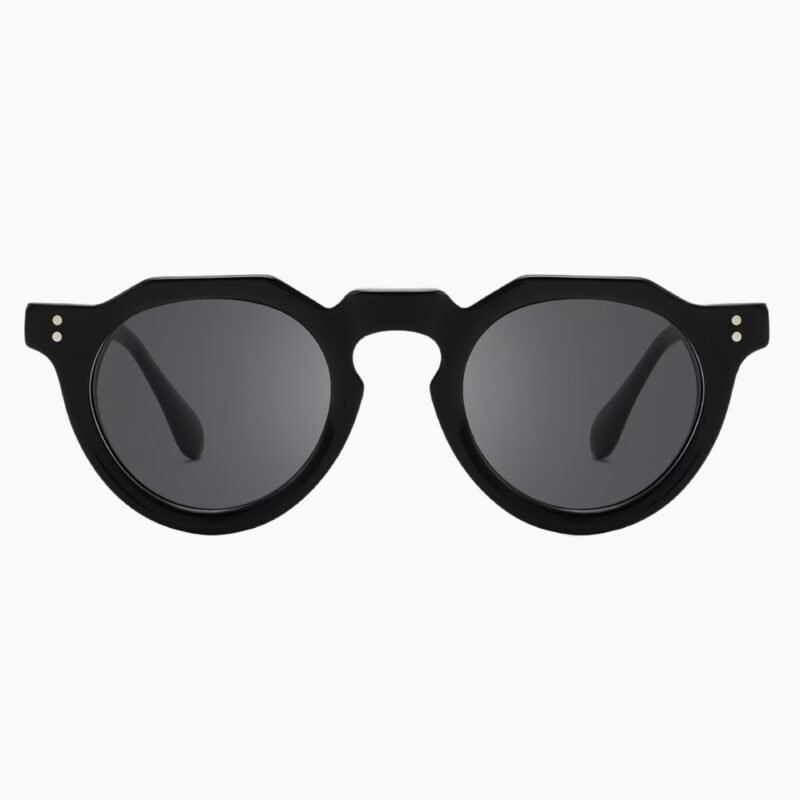
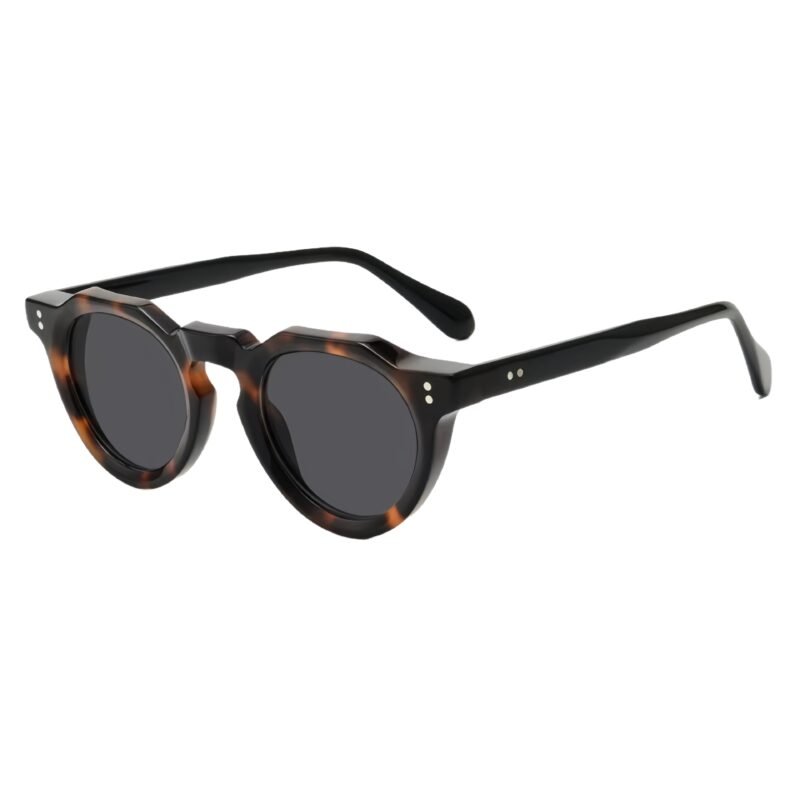
Heavy-duty oval polarized sunglasses, high-end anti-UV vintage style unisex glasses
High-end cat eye sunglasses – Street photography UV protection plastic sun glasses
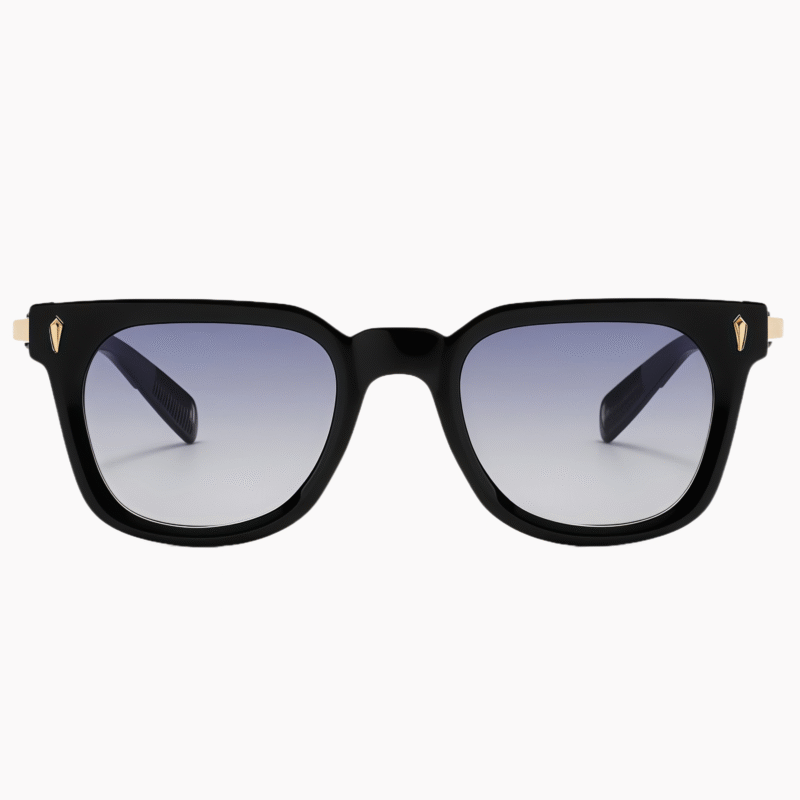
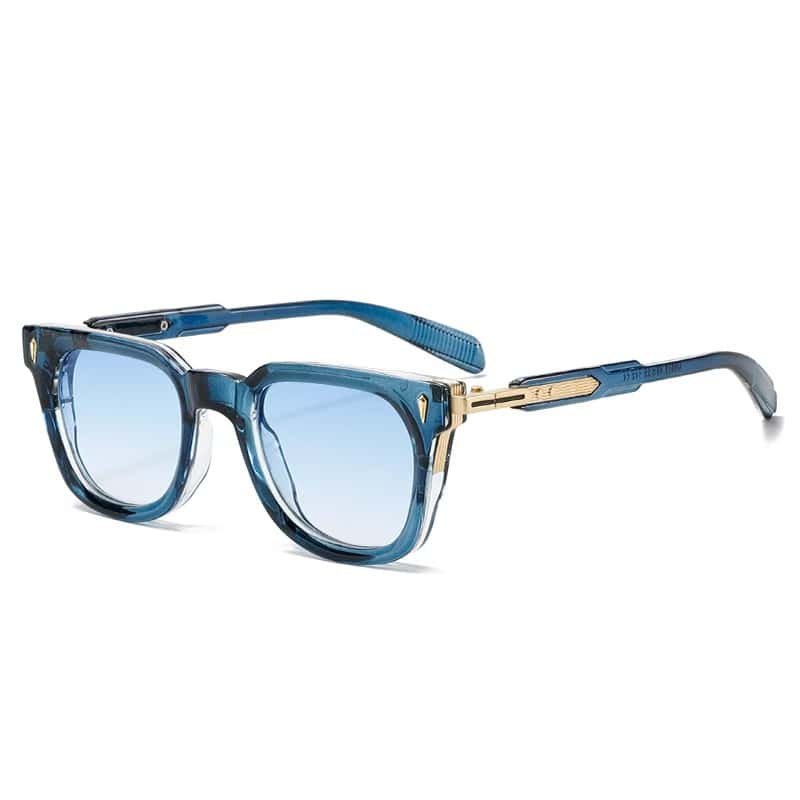
Ladies’ Square Sunglasses Polarized Lens – The Most Popular Elegant Casual Glasses Style of 2025
$32.90Light luxury cat eye glasses | Women’s prescription glasses frame – the most popular glasses style in the United States
$26.90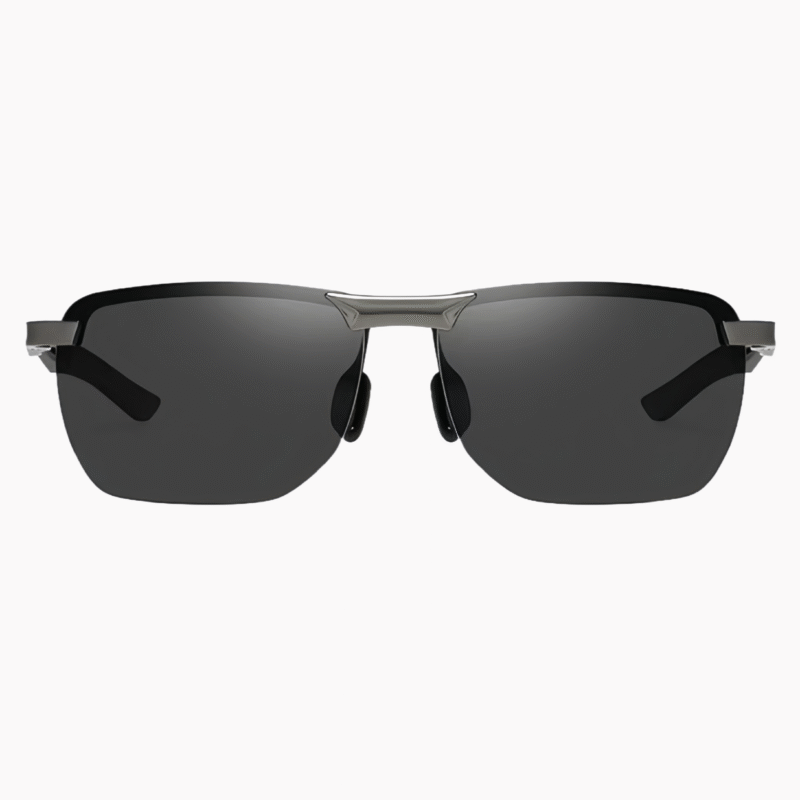
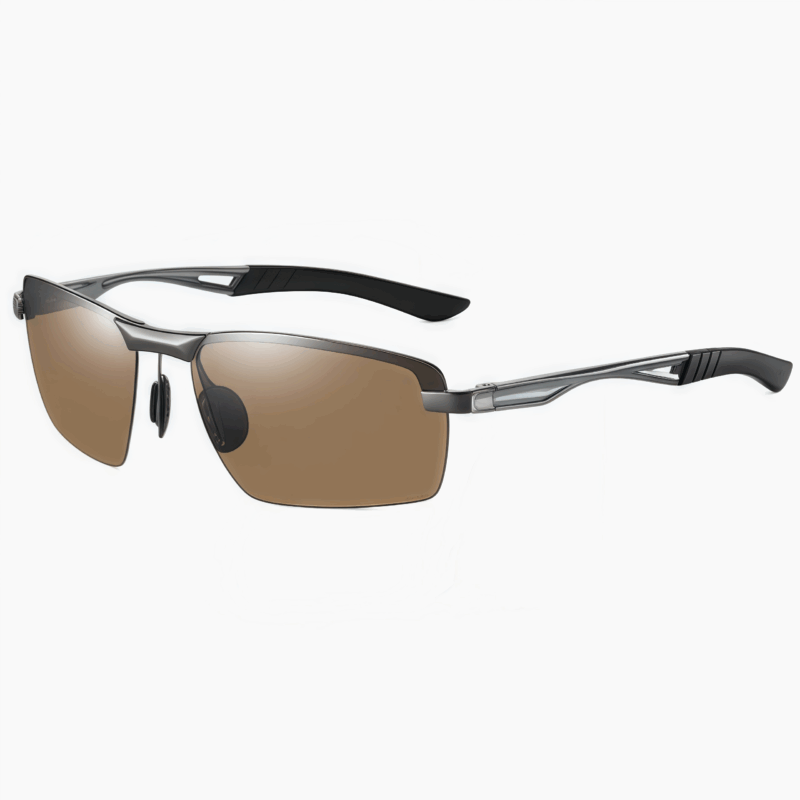
Men’s Polarized Sunglasses Anti-UV400 Sports Glasses – 2025 America’s Best Selling Sung
$29.90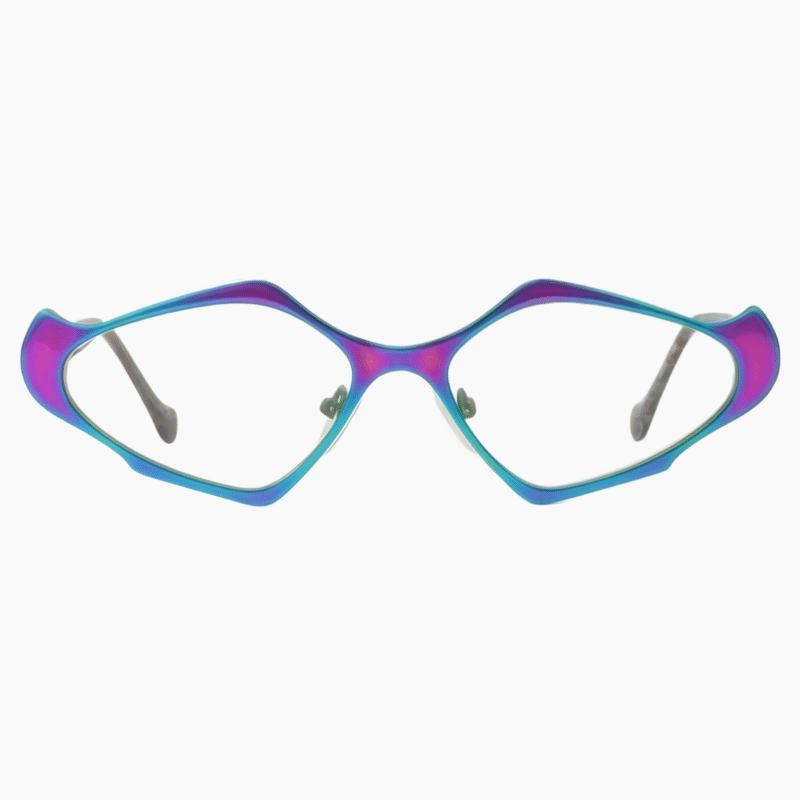
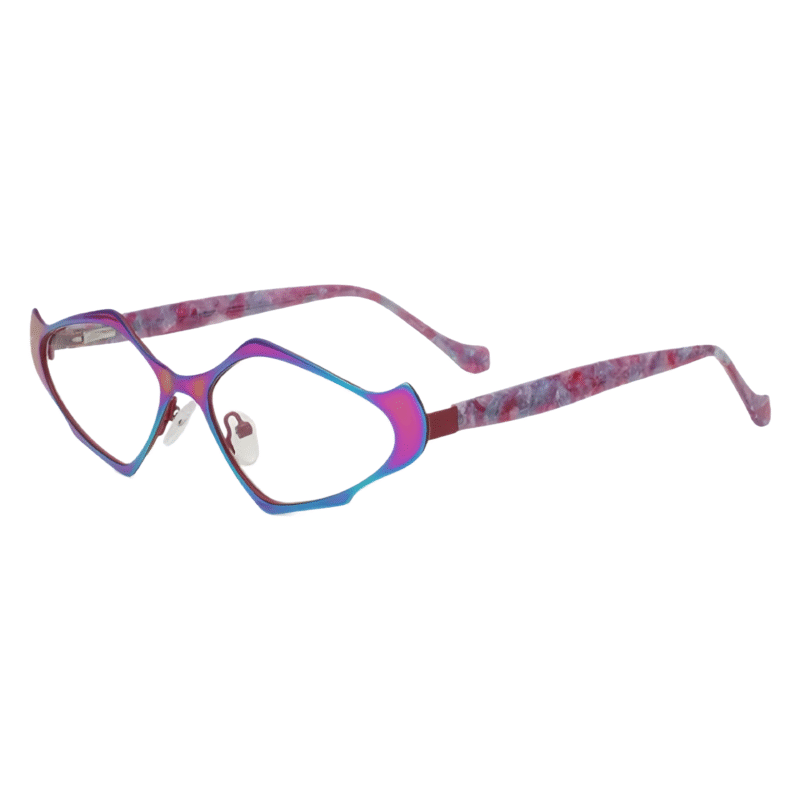
Ms. Geometric Prescription Glasses Frame – Exclusive Personalized Trend
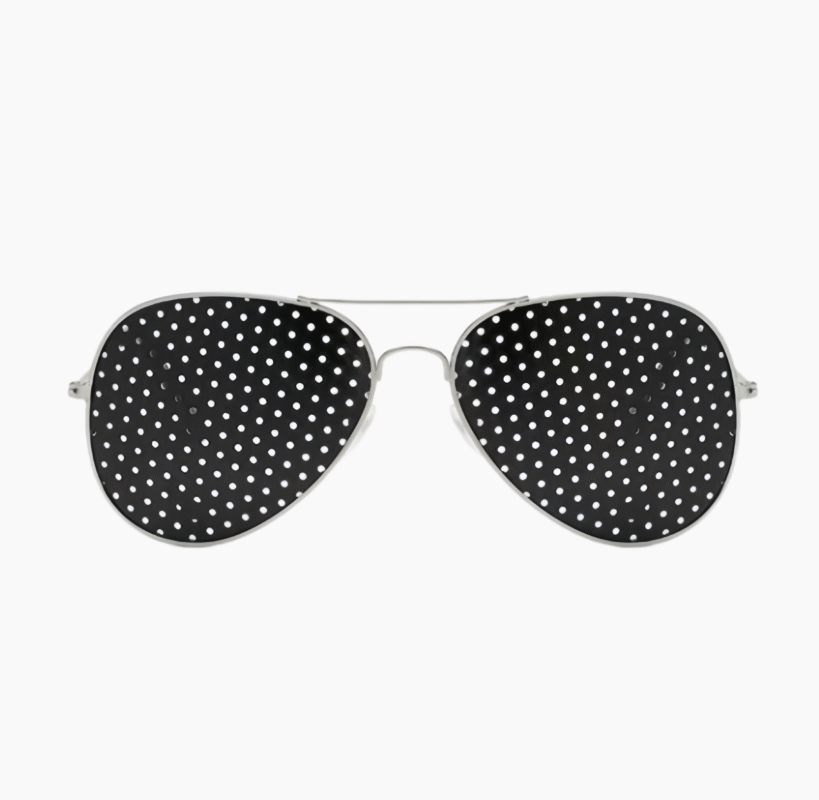
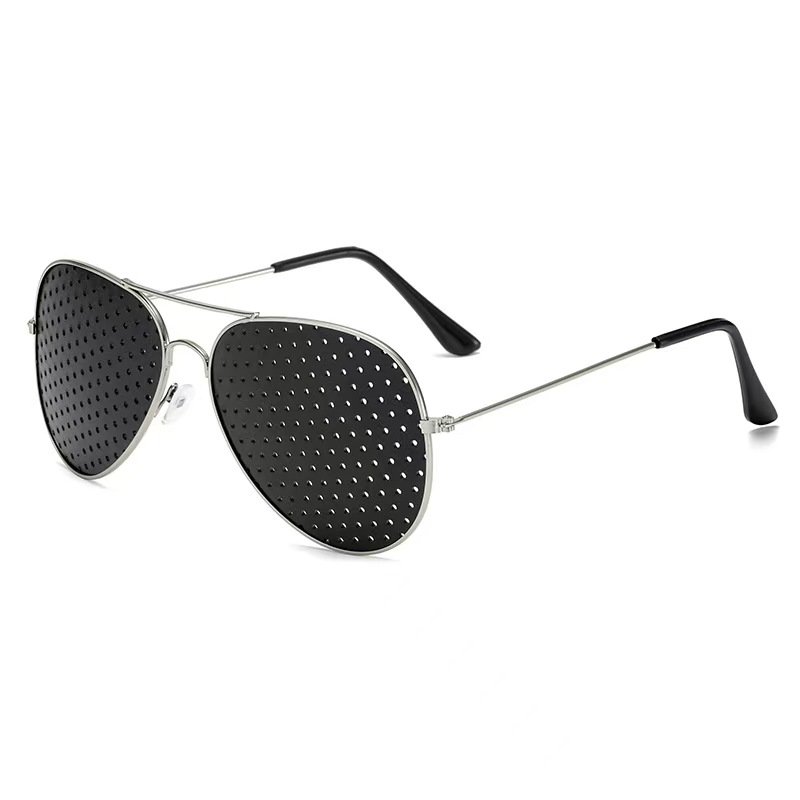
Pilot style pinhole glasses vision correction-The most comfortable and convenient visual training glasses
$37.00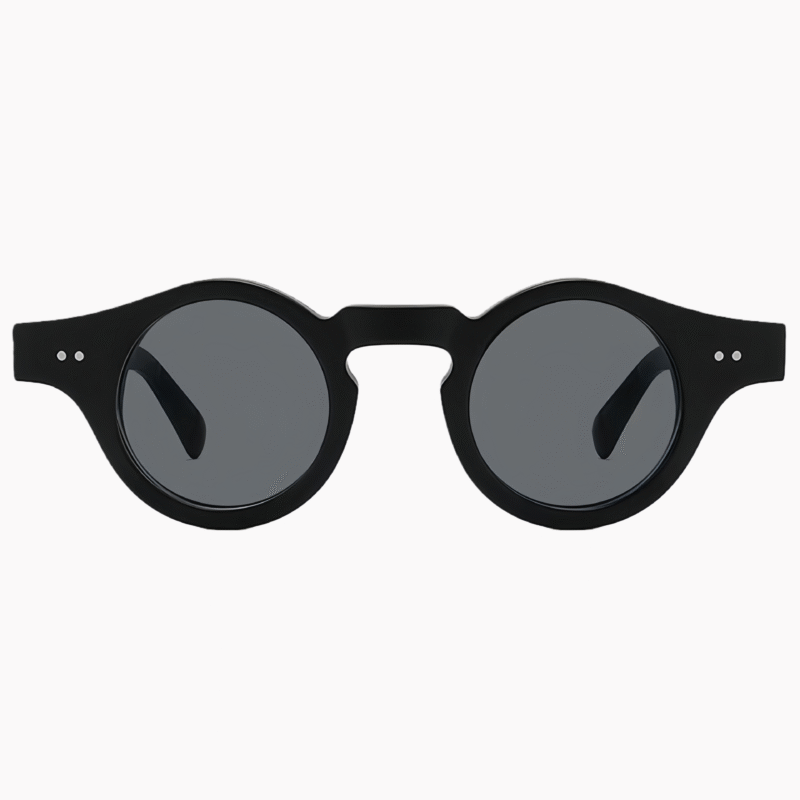
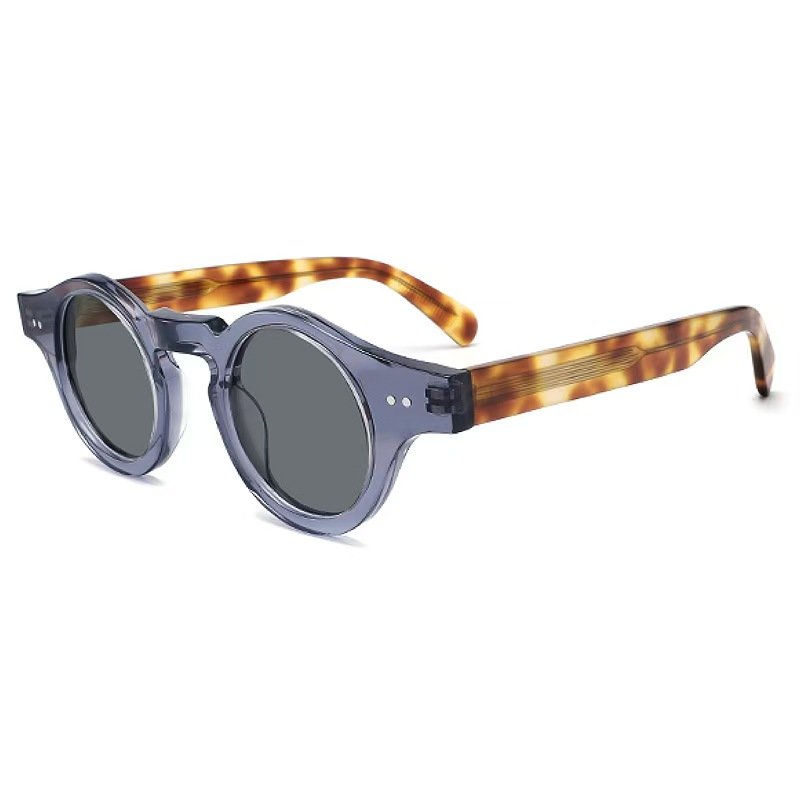
Progressive Thick-Frame Oval Sunglasses | Premium Acetate & Polarized Lenses
